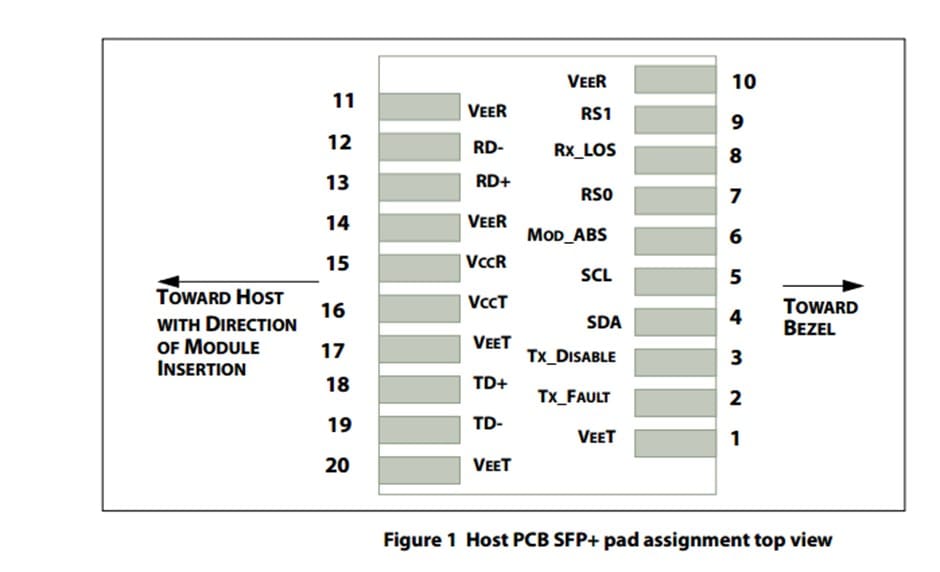Understanding MikroTik SFP Rate Select
MikroTik RouterOS supports many different types of Ethernet interfaces – ranging from 10Mbps to 10Gbps Ethernet over copper twisted pair, 1Gbps and 10Gbps SFP/SFP+ interfaces and 40Gbps QSFP interface.
Some of the RouterBoard devices are equipped with a combo interfaces that simultaneously contains two interface types (e.g. 1Gbps Ethernet over twisted pair and SFP interface) allowing to select the most suitable option or creating a physical link failover.
Through RouterOS, it is possible to control different Ethernet related properties like link speed, auto-negotiation, duplex mode, etc, monitor a transceiver diagnostic information and see Ethernet connection related statistics.
MikroTik devices with SFP+ ports can establish 10G links using 10G/25G optical fiber transceivers, however additional SFP Rate Select setting must be configured to avoid data corruption during transmission. The following settings are required on the SFP+ interface:
# Since RouterOS v7.12
/interface ethernet set sfp-sfpplus1 auto-negotiation=no speed=10G-baseSR-LR sfp-rate-select=low
# Older RouterOS
/interface ethernet set sfp-sfpplus1 auto-negotiation=no speed=10Gbps full-duplex=yes sfp-rate-select=low
This requirement applies to MikroTik 10G/25G modules:
If we look at the rate select command, its description is following:
sfp-rate-select (high | low; Default: high) Allows to control rate select pin for SFP ports.
How this works:
The Rate selection signal function is on transceivers Pin 7 / RS0 (RS = Rate Select). The SFF-8431 Specification states that RS0 and RS1 are module inputs and are pulled low to Veet with > 30kOhm resistors in the module. RS0 optionally selects the optical receive signaling rate coverage. RS1 optionally selects the optical transmit signaling rate coverage. The input states are:
- Low (0 – 0.8V): Reduced Bandwidth
- (>0.8 , < 2.0V): Undefined
- High (2.0 – 3.465V): Full Bandwidth
- Open: Reduced Bandwidth
The SFP+ module provides two inputs RS0 and RS1 that can optionally be used for rate selection. RS0 controls the receive path signaling rate capability, and RS1 controls the transmit path signaling rate capability. The host and module may choose to use either, both, or none of these functions.
| Input State | Description |
|---|---|
| Low (0 – 0.8V) | Reduced Bandwidth |
| High (2.0 – 3.465V) | Full Bandwidth |
| Open | Reduced Bandwidth |


